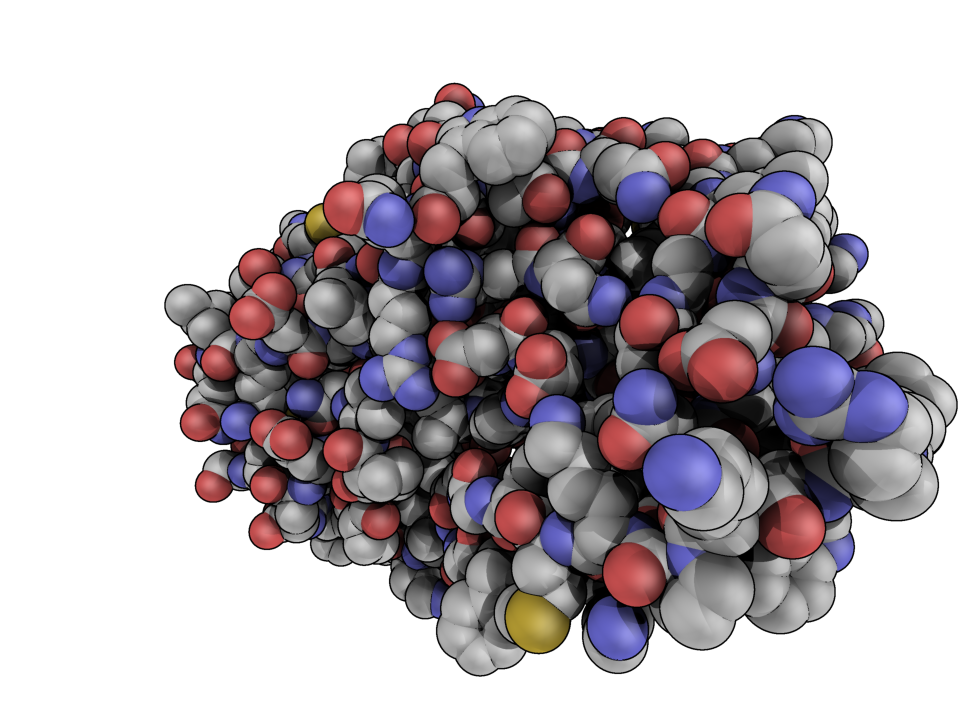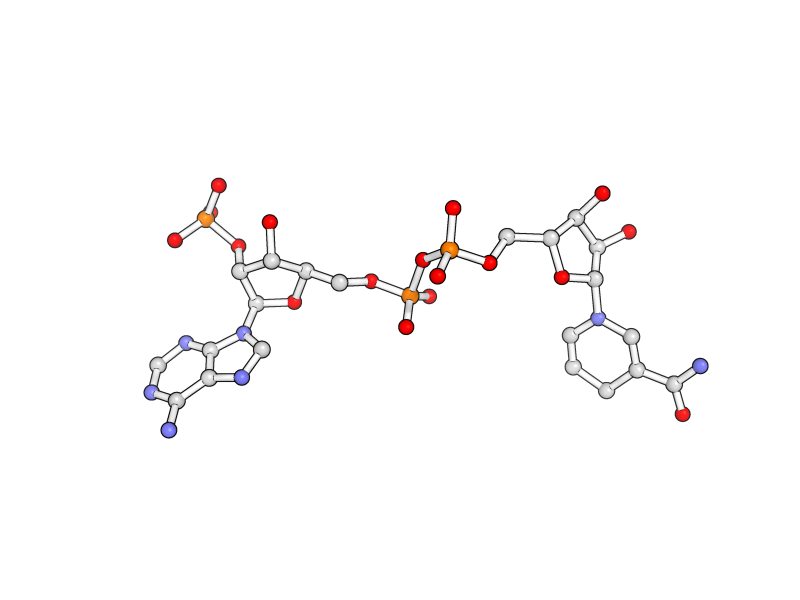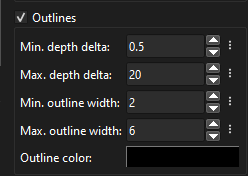Was curious if there is any development work to support PyMOL as a rendering backend or, even better, if it is possible to achieve the styles below with existing ray tracing backends?
QuteMol Like

Stylized Ball and Stick

Was curious if there is any development work to support PyMOL as a rendering backend or, even better, if it is possible to achieve the styles below with existing ray tracing backends?
QuteMol Like

Stylized Ball and Stick

Hi Stefan,
Thanks for the question. We have discussed this topic internally and also with the folks from NVIDIA who develop the VisRTX rendering backend and the ANARI specification for scientific 3d visualization.
Our current development goals in this area, which we are already working on or will be working on this year, are:
What the images you posted feature is an outline effect. This type of graphical effect is difficult to achieve using the ray-tracing/path-tracing techniques employed by OSPRay, VisRTX and Tachyon. However, it may be possible to achieve such an effect using a framebuffer post-processing approach, and this is something we will explore.
Regarding the idea of incorporating PyMOL as a rendering backend: I have my doubts as to whether this is feasible. This is probably a use case for which PyMOL was not designed. Or do you know more about it?
Please let me know if you have any further suggestions. Perhaps I was wrong in assuming that you were mainly interested in the outline effect.
-Alex
Hi Alex,
Thank you for the detailed response on the development focus.
Yes, my primary interest lies in achieving the outline effect in combination with ambient occlusion, which OVITO already supports. Specifically, I am interested in the ability to combine ambient occlusion with outline borders or depth-aware borders and depth-aware halo effects, similar to what the QuteMol package offers; which PyMOL leverages as shown in the earlier image.
Additionally, I am also interested in the flat-style ball-and-stick model. I am curious if this could be achieved by having a preset for the OpenGL render shape and display options, which is what I think PyMOL does.
Kind regards,
Stefan
Hi Stefan,
I experimented with the material and lighting settings in the OSPRay renderer. Although the results didn’t perfectly match your images, I was able to achieve a somewhat flat look.
Here are my results and you might be able to get the desired look by further tweaking the render settings:
-Daniel
@utt this looks pretty fantastic, thanks for the effort and sharing your settings.
We have updated both the VisRTX and OSPRay rendering backends to support outlines similar to PyMOL. Here is an example:
The feature is currently available in an OVITO Pro development version, which you can access here:
Please let us know if you encounter any issues or have suggestions for improvement.
The settings are currently undocumented, but here is a brief description:
